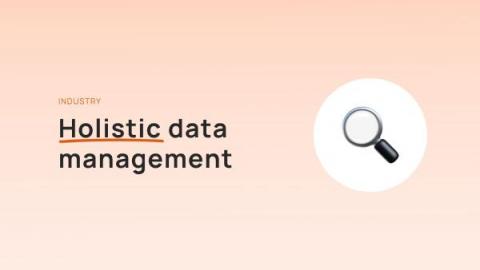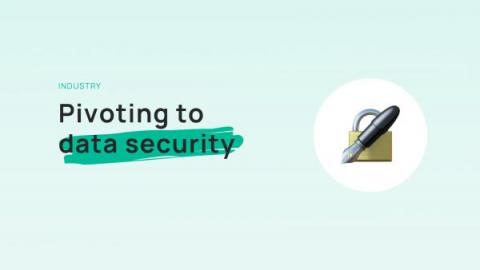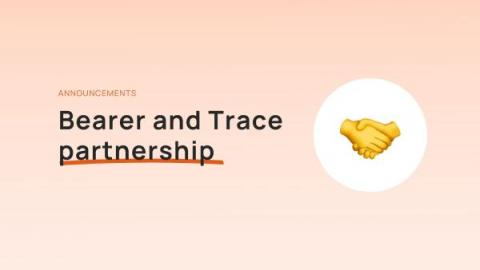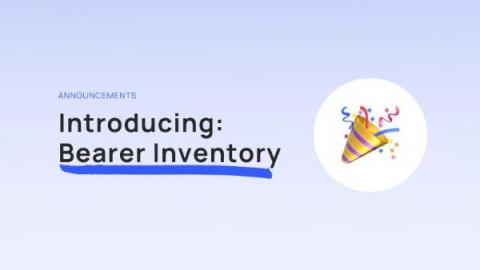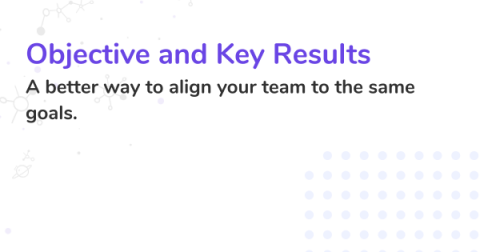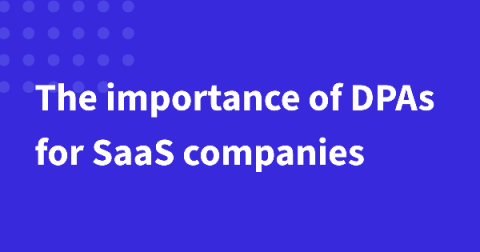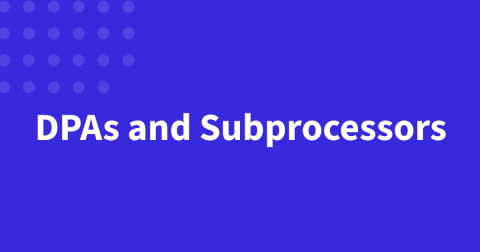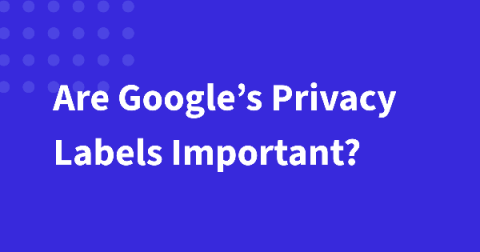How to approach holistic data management
Start-ups committed to becoming something special begin building their new business as they mean to go on, particularly in the potentially business velocity-killing areas of security and compliance. For start-ups in highly regulated industries like healthcare and finance, the requirement to have the right technical and organizational controls in place is nothing less than existential.


